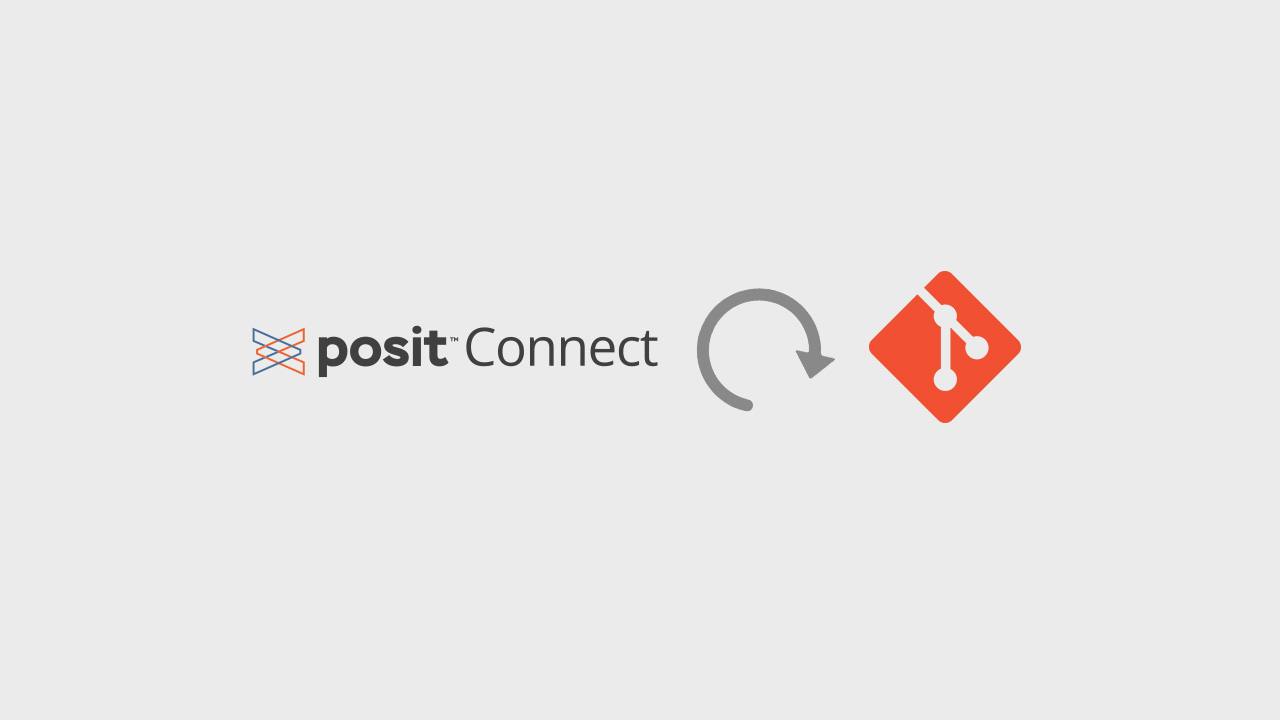Vedha Viyash is an R enthusiast and R/Shiny developer at Appsilon. His passion is unlocking the potential of open-source data to generate actionable insights. He focuses on using R, Tidyverse, SQL, REST APIs, CSS, and JS to create dynamic dashboards with Shiny. His work in the life sciences includes applications for lung transplant, oncology, genomics, and toxicity fields.

